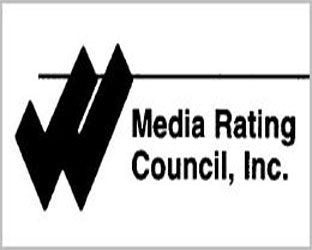 According to SNL Kagan, the rapidly rising cost of sports rights is widely seen as the reason programming costs are also rapidly rising for cable and satellite video companies. But it sees two other factors driving costs with no end in sight.
According to SNL Kagan, the rapidly rising cost of sports rights is widely seen as the reason programming costs are also rapidly rising for cable and satellite video companies. But it sees two other factors driving costs with no end in sight.
Another factor in the increase is simple volume – as time has passed, MVPDs have been offering more and more channels. Each channel costs money.
Kagan said that in 1995, the average system provided 26 channels at a cost of $7/month. Ten years later, the numbers had ballooned to 67 and $20/month; to 89 and $30/month by 2010; and as of 2012 are up to 95 and $34/month.
The other driver of cost are rapidly increasing retransmission consent fees for local broadcast stations, which Kagan says are rising at a faster rate than MVPDs would like.
It speculates that by 2018 the average monthly expense for broadcast will reach $4.90, which it compares to the going rate in 2012 for top-priced basic cable channel ESPN, which is going for $5.13.
Kagan says the margin MVPDs get for programming has shrunk from around 75% in 1995 to less than 50% today.
A number of strategies are being adopted to deal with costs. Lower priced special interest sports channels can be inexpensive and help keep the average costs of the genre down, and in some cases, sports channels are being converted to the general entertainment category.
And of course, there is the Time Warner Cable strategy of dropping channels that in its estimation fail to provide a good balance of costs and benefits.
RBR-TVBR observation: While we don’t quibble with Kagan’s numbers, we do with some of its statements. It does not mention that broadcast pricing is going up rapidly largely because it is coming literally from nowhere. The request from local broadcasters for fair compensation for the valuable programming they provide is a fairly recent development.
More to the point, is Kagan really comparing estimated 2018 prices for all local broadcast stations to the price of one current ESPN stream? Let’s just take that one apart.
For starters, that $4.90 for broadcast gets you four major networks, minority-aimed channels, secondary networks and independent channels, with non-commercial fare also available, compared to the one ESPN stream.
On top of that, who knows what they’ll be charging for ESPN by 2018?
Further, that $4.90 brings an MVPD almost all of its local content, particularly news, information, public affairs and critical emergency programming.
Finally, almost everybody watches local broadcast, and almost every day. ESPN serves only a fraction of an MVPD’s subscribers, in many cases only some of the time. This household watches maybe three to five football games a year on the channel and that’s about it. We watch many many more on local broadcast TV .
.
At $4.90, the broadcast price seems like a bargain compared to the bloated-by-comparison ESPN price. We wish Kagan had pointed out that part of the story.




